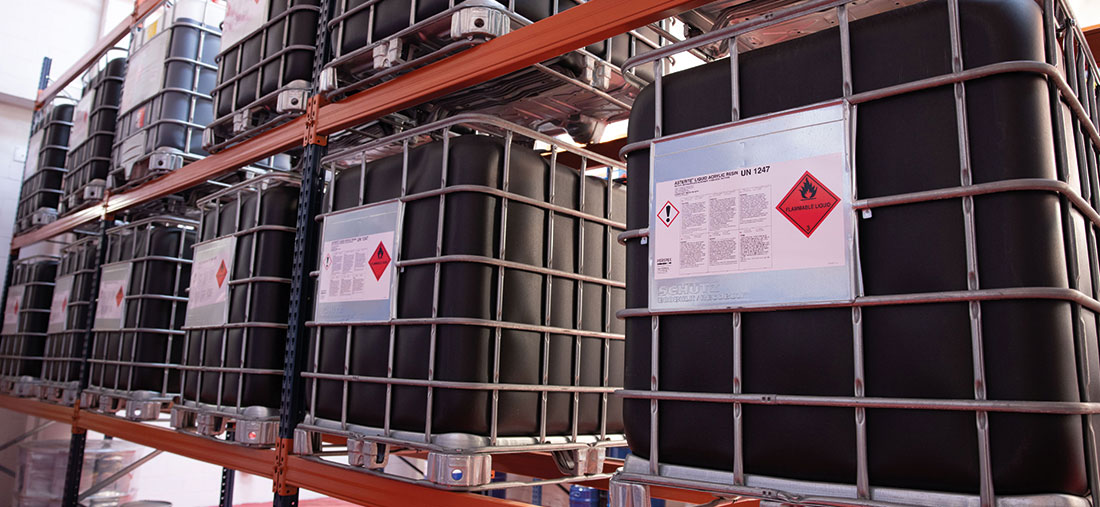All our storage facilities have well-maintained safety systems to house flammable products.

For the storage of flammable products, in compliance with the Complementary Technical Instruction ITC-MIE-APQ-10, we have spaces available for the storage of flammable products.The loading, unloading and transfer of this type of hazardous chemical articles. It is essential to license for the storage of flammables and for the storage of flammable and combustible liquids.
Storage of Flammable Liquids Products
The flash point during storage of flammable liquid products is the minimum temperature at which a vapor of a hazardous liquid begins to burn when provided with sufficient heat. The liquids that produce this vapor are mainly classified into two groups: the flammables and fuels. Flammable liquids are those liquids that have an ignition below 55º, while combustible liquids will have an ignition when the temperature is above 55º.
When we have such dangerous products, there are risks there are risks. The most common is that there may be a fire, but there may also be explosions, which are extremely dangerous.
It is very important to to read the labels on these products when using and/or storing them.as well as to carry out its cleaning. For storage, we recommend using either the original container or a metal container that meets all safety requirements.
Advantages of storing flammable products with us

Preparation
Preparation improves business planning and organization.

Legalization
Legalization ensures regulatory compliance and business credibility.

Resources
Resources improve business capacity and competitiveness.

Experience
Experience guarantees knowledge and skills in the business team.
Why do you need a professional flammable storage service?
A flammable products storage company will have all the necessary insurance and safety procedures to carry out this activity. and for the handling of any hazardous materials that may come into contact with the warehouse. As with all warehousing companies, it is very important that you choose a reputable company with a good track record in the industry. For example, we have all the necessary safety certificates to carry out this service..
Before making your final decision, be sure to check all the necessary measures to ensure a good storage service for highly flammable items offered by different companies to find the right one for your business. By choosing a reliable storage company, you will be protecting your valuable belongings from fire and explosion.
Storage regulations for flammable products
For more information about the ITC-MIE-APQ-10 regulations you can consult Royal Decree 656/2017, of June 23, approving the Regulation on the Storage of Chemical Products and its Complementary Technical Instructions MIE APQ 0 to 10.
ITC MIE APQ 1 legislation for the storage of flammable products.
The ITC MIE APQ 1 legislation for the storage of flammable products is a set of technical instructions that establishes the techniques to be followed for the storage, loading, unloading and transfer of flammable and combustible liquids and flammable liquefied gases in storage containers and tanks..
For the correct storage of flammable products, compliance with ITC MIE APQ 1 is mandatory:
“Royal Decree RD 379 / 2001 approves the regulations for the storage of chemical products (APQ) and its complementary technical instructions, the first of which (MIE-APQ-01) refers to the storage of flammable and combustible liquids.”
Therefore, they must be stored in safety cabinets or APQ tanks, depending on the flammable liquids. must be stored in safety cabinets, or APQ tanks depending on the flammable liquids, with safety cabinets and fire resistant tanks..
The labels classifying the hazard or type of product must be visible to all workers at all times.. It is also advisable to have the equipment to shorten leaks as quickly as possible, such as industrial absorbents and retention basins.
According to ITC MIE APQ 1: The classification of flammable products whose ignition is less than 150º will be classified according to the regulations established for flammable products. The classes or types are:
Class A
Substances or products with a vapor pressure at 15ºC greater than 1 bar
Class B
Substances whose flash point is less than 55 ºC and are not in class A
Subclass B1
Products with a flash point below 38º
Subclass B2
Flash point equal to or greater than 38ºC and less than 55º
Class C
Substances with the flash point is between 55º and 100º
Class D
They have the flash point is higher than 100º
Combustible, flammable, explosive: what are the differences?
- The fuels are those added to an oxidant and capable of being consumed. These have the ability to ignite and thus create flames. To determine its flammability, the flash point is used, which is the minimum temperature at which the substance produces flammable gas if it has the necessary heat to do so. The gases and vapors produced by these products, mixed with air, can become explosive under the right conditions.
- The main difference is that the flammable material creates flames immediately. Fuel, on the other hand, takes a little longer. An example of a flammable product is alcohol or gasoline, while cardboard would be a fuel, as it helps to spread flames. Both flammable and combustible substances burn readily in air at room temperature, but differ mainly in their flash points and flammability limits. The flash point is the temperature at which the vapor given off by a liquid ignites when it mixes with air near its surface. Generally, the lower the temperature, the less flammable a substance is. According to NFPA and OSHA, the minimum flash point (also known as auto-ignition temperature or AIT) for any substance is 23 degrees C. All flammable and combustible materials require proper storage, labeling and handling practices to avoid workplace accidents.
- The explosive materials are defined by a rapid chemical reaction in the air that produces energy at speeds much faster than sound travels. This energy can destroy rocks and metals with unprecedented force. Explosives have such a strong chemical reaction that they have a very violent explosion. An easy example of an explosive product would be dynamite.


